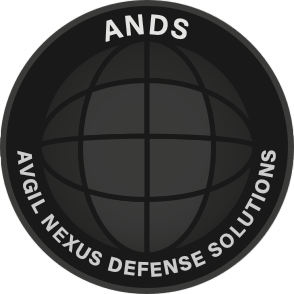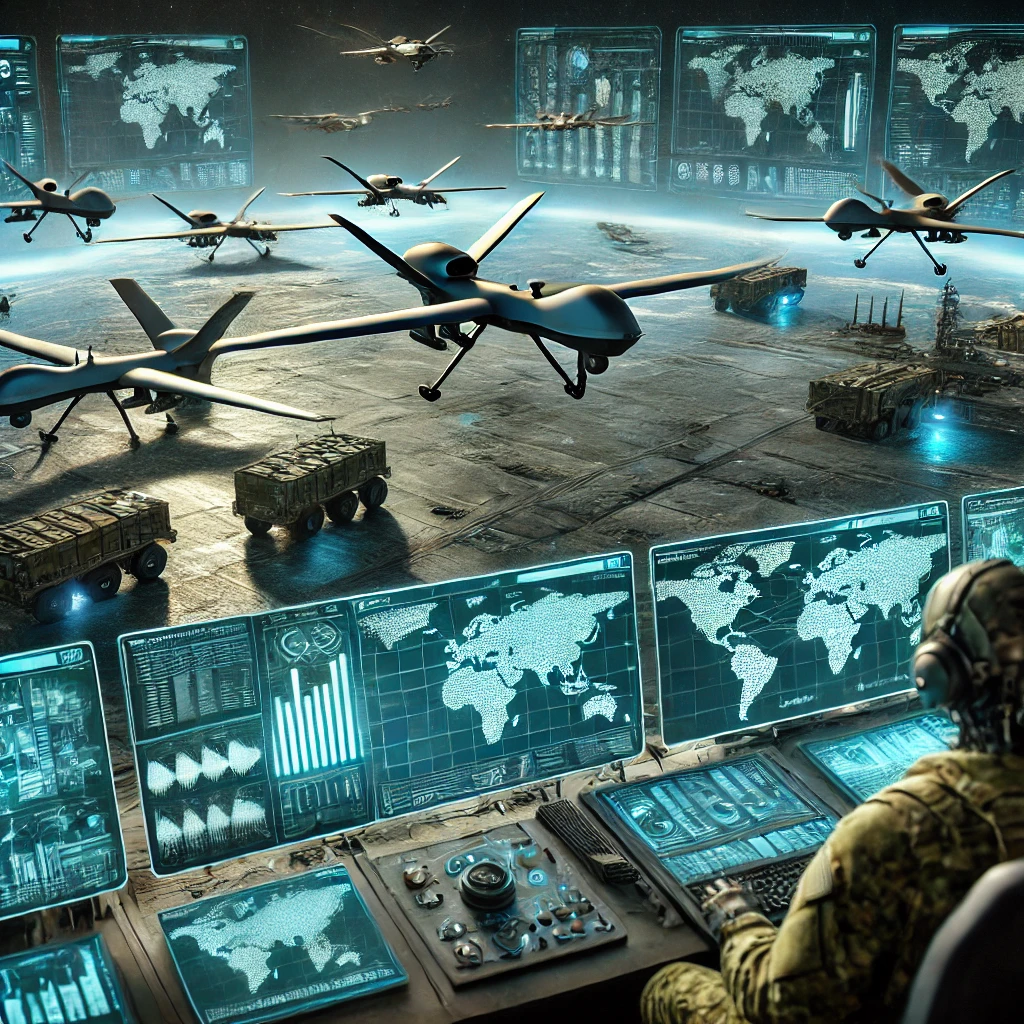The Rise of Unmanned Warfare: How Drones Are Shaping the Future of Defense
A new piece from The Japan Times (February 11, 2025) highlights Japan’s move to loosen export regulations under its Official Security Assistance (OSA) framework, paving the way for the country to become a key supplier of high-grade unmanned systems.
They may not have pilots or crews, but they’re transforming defense on land, at sea, and in the air. From advanced surveillance to precision strikes, the global trend in Unmanned Aerial Systems (UAS) - and Unmanned Maritime and Surface Vehicles - reflects militaries’ increasing pursuit of safer, smarter operations.
...and just to clarify - in most of the times drones designed to aid the forces on the ground - so technically its a Ground Forces weapon, not an Air Force fighter.
Key Defense-Focused Manufacturers:
✈️ General Atomics (USA) – Predator & Reaper
✈️ IAI - Israel Aerospace Industries (Israel) – Heron series
✈️ Baykar Technologies (Turkey) – Bayraktar TB2
✈️ Airbus Aircraft & Leonardo (Europe) – Eurodrone & more
✈️ DRDO, Bangalore & HAL (India) – Indigenous platforms (e.g., Rustom)
✈️ Mitsubishi Heavy Industries (Japan) – Expanding drone exports
✈️ Iran - Shahed Aviation Industries
✈️ Russia – Kronstadt Group (Orion)
✈️ China – CASC (CH series), AVIC/CAIG (Wing Loong)
And many more others and smaller ones.
Meanwhile, industry giants like Northrop Grumman , Lockheed Martin, and Elbit Systems continue advancing AI, stealth, and sensor fusion. With these innovations and Japan’s evolving export policies, unmanned systems are set to become the cornerstone of next-generation military operations (and in some cases - this generation)




